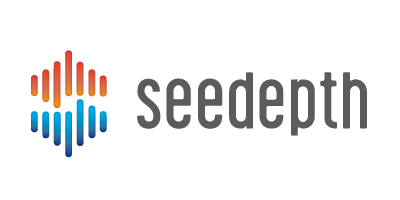Media Monitoring is Not PR Measurement, And PR is More Than Media
There’s a lot of confusion in the market about PR analytics and measurement vs. media monitoring. There are also a lot of companies claiming to do PR analytics, yet focus on only one component of PR: media relations or media monitoring.
There are media monitoring companies like BurellesLuce, Meltwater and Cision, which originally began as just that: tools to monitor and catch media mentions, delivering beautiful coverage books and lists. As measurement began to rise in importance over the years, and better data is demanded, these industry elders have tweaked their offerings and their messaging to focus more on PR measurement. For example, BurellesLuce has a customer quote on their homepage that cites, “BurellesLuce… know[s] public relations and have consistently enhanced and developed new products to meet the ever changing challenges of our industry.”
And that’s great! They now offer both Media Monitoring and Media Reporting products, with the latter more focused on analyzing impact. In turn, Cision recently launched the new Cision Communication Cloud™, which allows marketers to listen to trends, target influencers and create content. It also includes analytics to help users attribute the impact of their communications and earned media.
Note, they focus on earned media. This is another area of confusion that we’re seeing in the market. To be clear:
- PR is more than media relations
- Media monitoring companies focus on media, obviously. But many “PR analytics” vendors also monitor media. However, they claim “PR measurement,” but at the end of the day, they are offering you media measurement - which is only a fraction of the job. If all you do for your business or clients is media relations, then these tools can work for you. But if you are truly looking to measure your PR efforts across campaigns, analysis should cross the chasm of all the programs you execute: media, social/digital, awards, speaking, events, content, writing, influencer relations and more. Make sure you understand the difference, and that your chosen vendor/s understands your business and what you really need when it comes to measurement and analytics. Sometimes, you may have to build your own PR Stack in order to complete this mission, so cost will become more of a focus as you divide your budget among multiple providers.
- Media monitoring does not automatically mean PR measurement and analysis
- Media monitoring companies are focused on delivering a coverage report about your brand. But unless they are also offering a breakdown of your media and analysis of such, their metrics don’t really help you refine your strategy for the greatest business impact. How are specific articles driving interest in your brand? Does one reporter’s social reach drive more referrals than another? Which media outlets reach the majority of your target audience? What actions do readers take? Are your spokespersons having an impact? What key words are driving action? What’s your share of voice vs competitors? Many of the monitoring tools don’t offer all of these insights, align with or consider the Barcelona Principles, and instead continue to deliver “analytics” of impressions, circulation or worse - AVEs. These are not analytics. We suppose they could be considered “measurement,” since they are measuring numbers. However, true analytics break down what’s happening, recognize patterns and help you to understand what’s working and what isn’t. This allows PR executives to not only report on what’s happened in the past, but more strategically plan for the future.
- PR Analytics means…? That’s up to you.
- Google “PR Analytics” and you’ll find a plethora of different vendors that automate, measure or analyze many different aspects of PR. They don’t all define this term in the same way. Be sure you know what you need to monitor, measure and learn. If pitching efficiencies are the most important, a PR CRM vendor may be appropriate. If delivering nice looking coverage reports is all you need, there are simple vendors for that. If monitoring media is key, you have a wide variety of choices - there are the traditional media monitoring companies or manually-driven options of Google + Excel. If you need comprehensive measurement - analyzing goals and results across campaigns and delivering comprehensive reports to show impact, you can still go the manual route and try AMEC’s Integrated Evaluation Framework, create your own Excel score card, hire a manual PR measurement services firm, or work with one of the disruptive software vendors that’s come onto the scene in the last few years. Just be sure that when they say they measure “business impact,” they are clear on the “of what” part - is it just the impact of earned media? Or does it include other programs for a holistic view of PR’s effect?
With so many options, it’s key to know your own goals and needs before starting vendor conversations. PR Analytics and PR Measurement are definitely hot buzzwords in the industry today. Be sure you understand what you’re looking for when doing your research. A PR analytics and measurement partner or vendor should not only tell you what happened, but provide predictions to help your team identify ways to increase efficiencies, repeat success patterns and pivot from less successful efforts.
